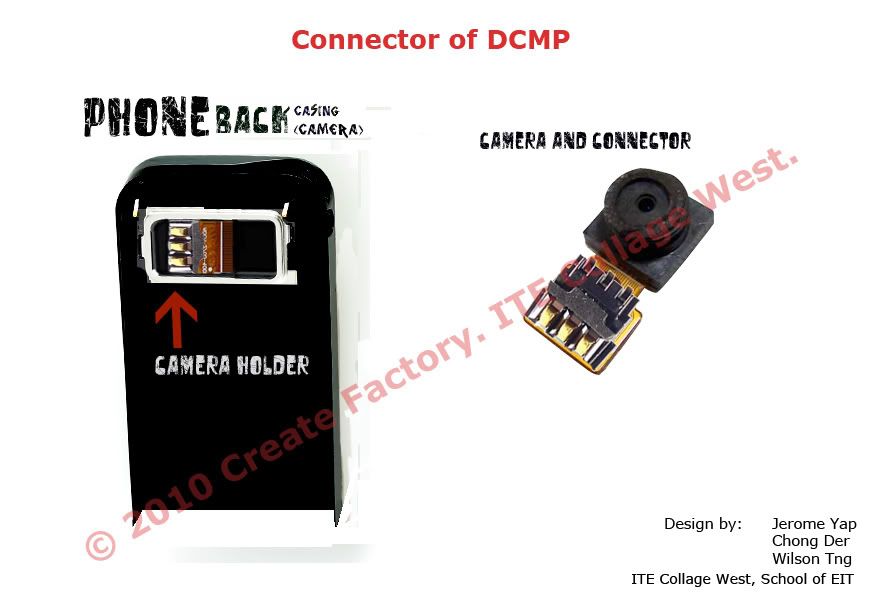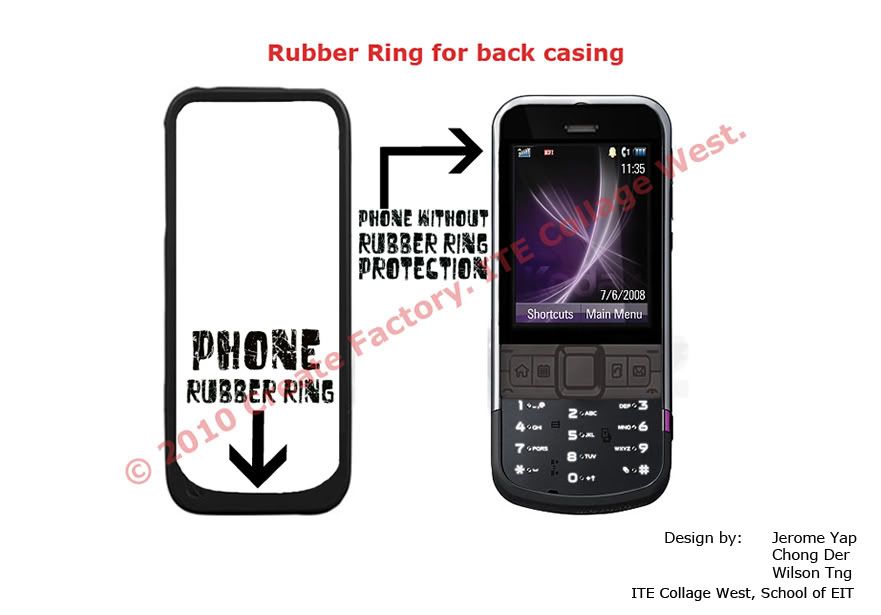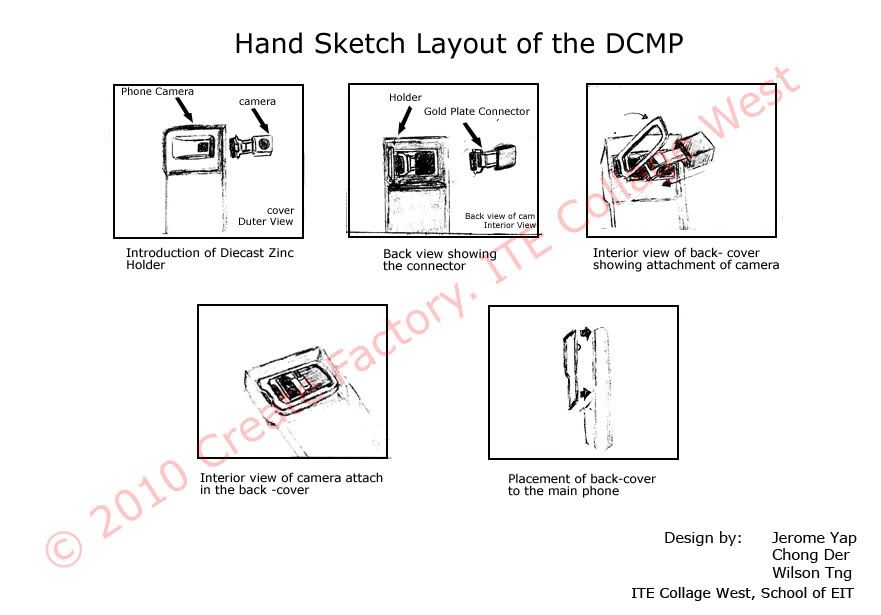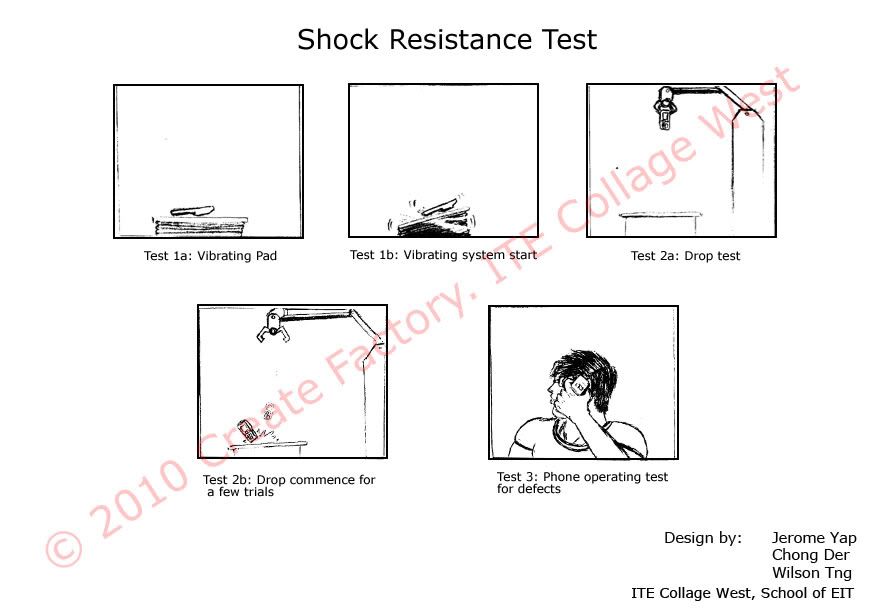 Project name: Smart Control Against DUI (Driving Under Influence)
Project name: Smart Control Against DUI (Driving Under Influence)
School: Nanyang Girls High School
Team Members: Zhou Siyun, Du Xuesong, Zou Yan Hong
Can you believe that alcohol-related traffic accidents happen so frequently that a death is incurred every 33 minutes? Surprisingly, despite the marked elevation and advancement of science and technology, 1,200,000 people are dead per year in traffic accidents and within these tragedies, nearly 50%-60% are triggered by DUI. These appalling statistics push us to ask ourselves, what can we do for the future of mobility? At the same time, how can we use the technology to reduce or even prevent these tragedies from reoccurring?
We believe that the future of mobility is not just time-efficient and convenient but most importantly, safe. How can we achieve this by using our creativity and technology? Here is our answer-the Smart Control System against DUI, which can be installed in cars to prevent drivers from driving while impaired by drugs or alcohol.
How does it work
Here is the animation that illustrates how our system works. It includes how the system test alcohol and how the circuit to the car engine will be interrupted, what will happen when the driver is obviated from driving and how he can get help. We will also show what will happen if a “false alarm” is triggered by a dysfunctional system
Technology
- 1. Breathanalyser
- 2. Wireless Sensor System
- 3. Wireless Sensor Control Circuit
- 4. Auto-generated SMS Platform
- 5. SMS Decoder
Relation to “the future of mobility”?
First of all, our system can be installed on the car to prevent DUI and hence benefits the future of transport. Secondly, our system involved the use of mobile phones and other wireless signal equipments which are another form of mobility. More important, our system is designed against DUI in order to contribute to the future of mobility, which is not just convenient, but safe.
Significance of our idea
As you may wonder, if everyone knows the dangers of DUI, what is the point in creating such a system? However, a survey conducted by sina.com among 4,538 people showed that while 81.29% of the surveyees were aware of the dangers of DUI, only 20.63% indicated that they have never drunk-driven.
Therefore, it is patently clearly that many people are lack of self-discipline in terms of driving safely. Besides, with the increasing number of social activities, more people have to drink wines or beers knowing that they have to drive subsequently. Our system emerges against this backdrop to prevent people from becoming victims of DUI under its destructive forces. The system is convenient as it can be installed into the car and the user does not need to buy a new car. If this system can prove itself to be viable, families can install this system for their loved ones to ensure their safety. The government can also make it compulsory for every car-owner or for those who have record of DUI. Hopefully with our system, the rate of death and injuries caused by DUI would be significantly reduced and we could hence contribute to the future of mobility.
Limitations
Our main limitations lie in our Auto-generated SMS System. A SMS is auto-generated and sent to the present contact person when the alcohol level of the driver exceeds the legal limit. The contact person, who might be the driver’s kin or friend, might choose to decode the system lock even though the driver is confirmed to be drunk.
In such cases, the driver might post danger to others while driving under influence. Also, it is possible that the driver (knowing that he is drunk) asks a passerby to blow into the breathalyzer to unlock the control system. However, it must be noted that the context of our innovation is such that the system is made compulsory for all car owners by the government in order for the above limitations to be valid.
If this system is being installed voluntarily, for example as a goodwill to ensure the safety of family member, such cases would not happen as it would then defeat the purpose of doing so. Thus, under such context, if the drivers resolved to the above actions and were caught, he and his family member would be charged with an offense. Hopefully, this would serve as a solution as the drivers would think twice before deciding to violate the law.
































